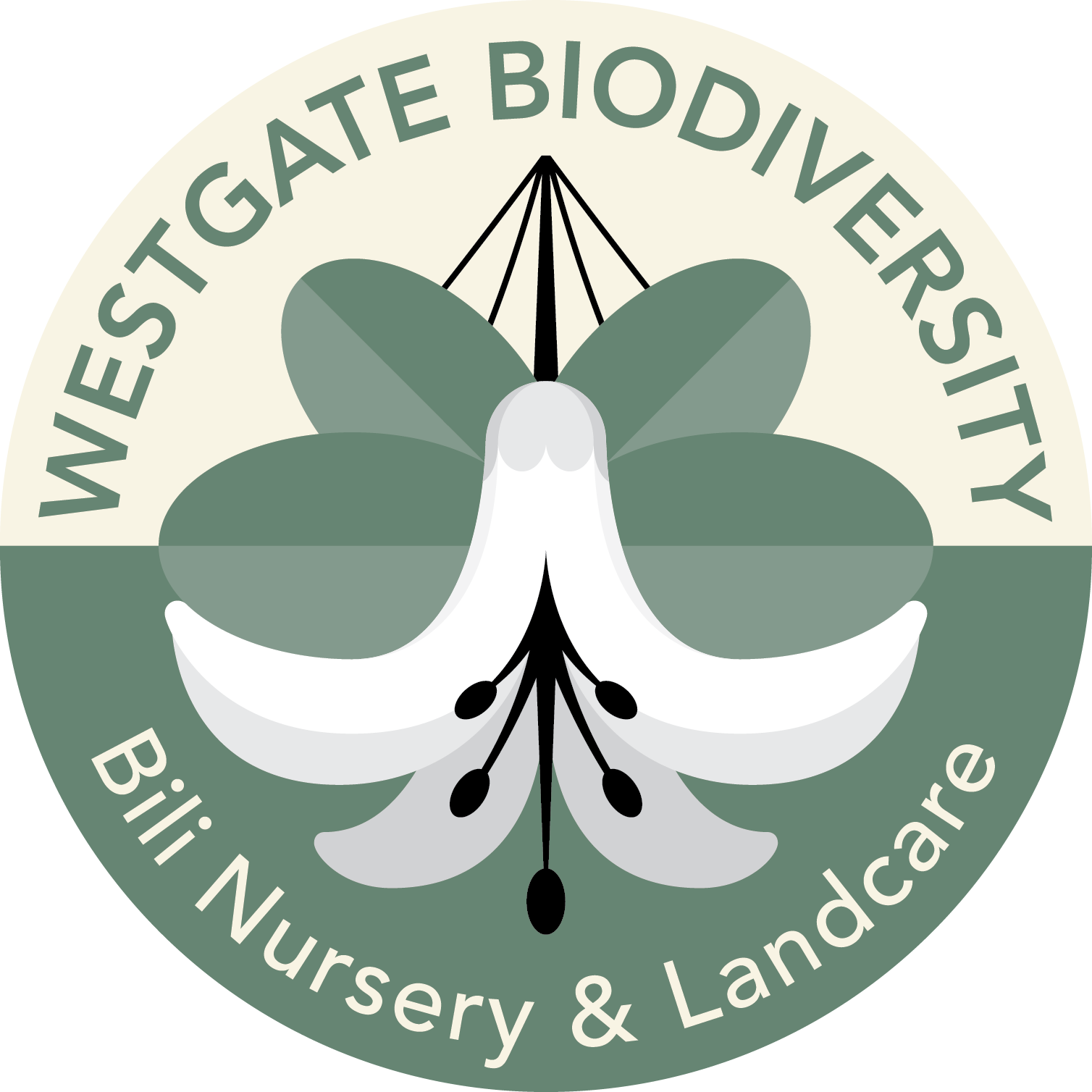Volunteers wanted – working with seed
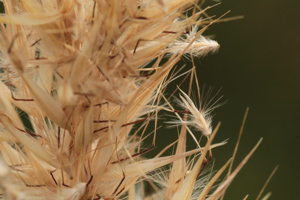
Some of our indigenous plants are grown by cuttings or division but most are propagated from seed.
Preparing seeds, or seed cleaning, is a hugely important role in our propagation process. But all it requires is an aptitude for careful and methodical work, guided by our staff, and a regular commitment to spending time with the team in our nursery at 525 Williamstown Road, Port Melbourne.
Your reward is to see your seeds germinate, grow into seedlings and be pricked out into tubes.
You will know these seeds will become plants – tall trees, shrubs, wildflowers, sedges, grasses, groundcovers, and more – and that your efforts are making a difference, making Melbourne and the Sandbelt Region more biodiverse!
Here’s how to let us know you are interested:
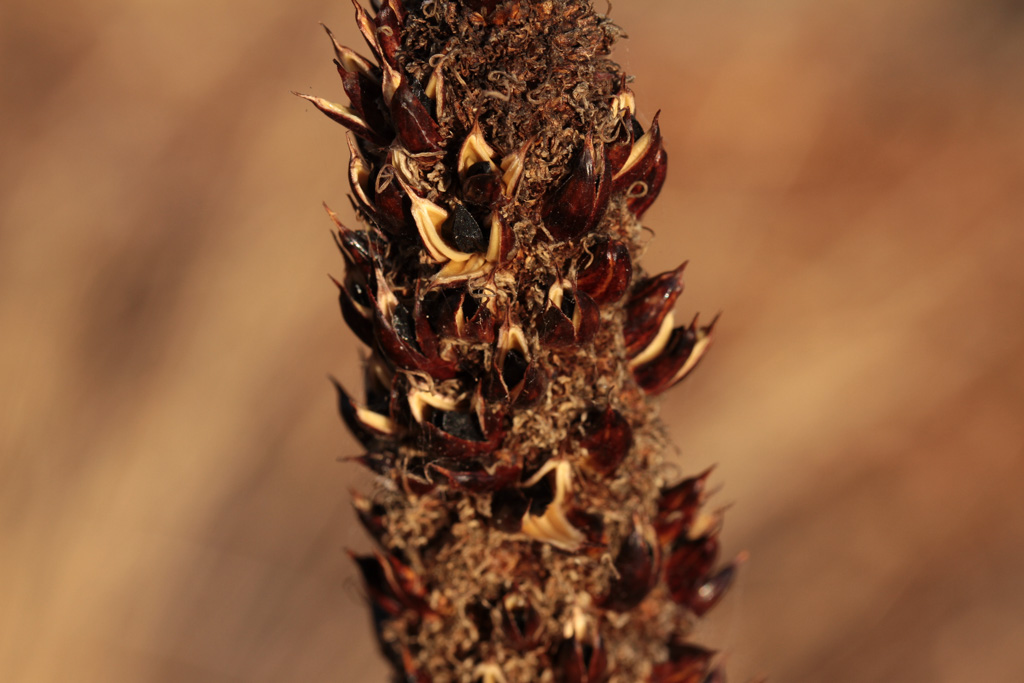
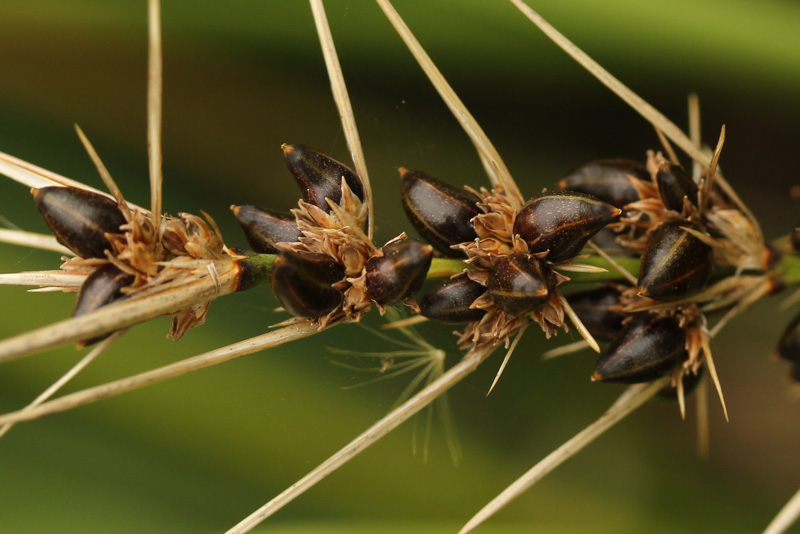
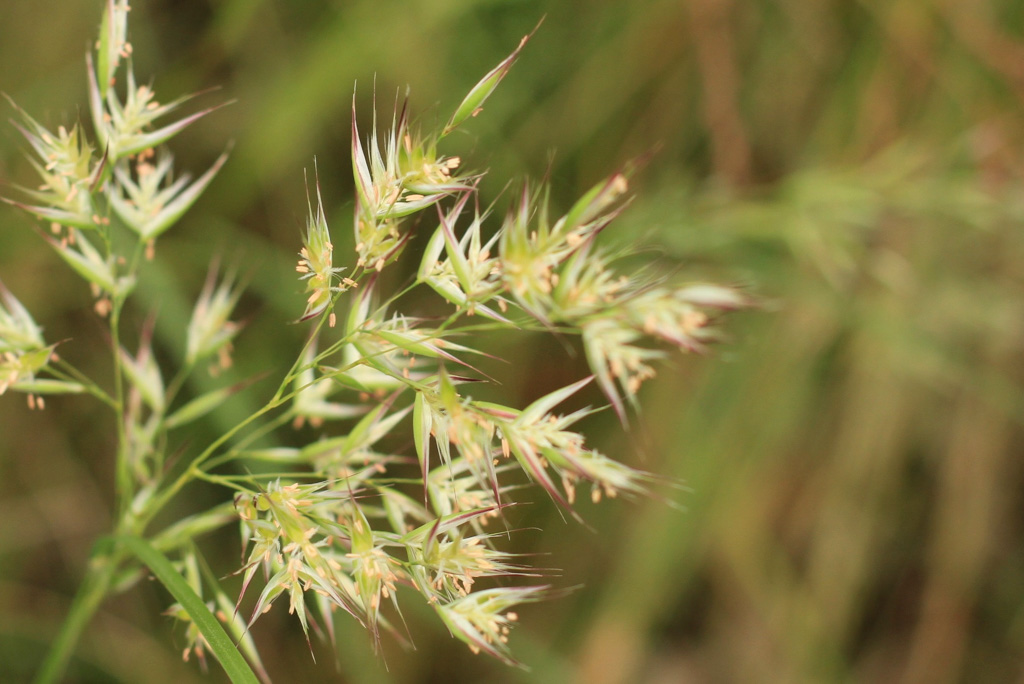
A few things to know about seeds
Not all indigenous plants are easy to propagate. Some are dormant for a period, others have evolved to germinate only after fire. Some need prolonged rain, others are quick to release their seeds making capture difficult.
Seeds are immensely varied in size, shape, method and time of dispersal. Most seeds have a protective coating, sometimes hard and woody. We use treatments like washing and soaking, ‘smoke water’, gentle sanding to remove all or part of the seed coat, periods of dry storage, hot or cold conditions or natural weathering.
Seeds can have papery ‘wings’ that make them more readily airborne or hairs or spikes to anchor the seed to the ground or a host.
Not all seed produced is viable and there is great diversity in time taken to ripen and the length of time seeds are viable after maturity.
For some species, germination is improved by the seed passing through the digestive system of an animal and this can be highly species-specific such as Ravens and the fruit of Alyxia.
Seed cleaning
- Cleaning means separating the seed from everything else (pods, chaff., sticks and leaves).
- You need to be sure you know what the seed looks like so you don’t keep the chaff by mistake.
- For some species it’s possible to pick out the seed by hand
- For others, hand sieves can be used to separate the seeds from everything else, using the right mesh size to catch the seeds on a sheet placed underneath.
- Gentle blowing will remove the lighter chaff from the seed
- Vibrating or shaking the seeds in a dish can help separate seeds
- For grass species sometimes threshing or beating works best.
Storing seed
- Seeds must be dried, weighed and sealed in airtight containers – glass jars with metal screw tops best protect the seeds from voracious mice and insects – and jars labelled for genus, species, date and location of collection, collection and drying method used, weight of seeds.
- Seeds should be kept in a cool dry location away from direct sunlight.
- Before storing, remove any seeds that show signs of insect damage, mould or fungus. Insect attack may appear as small holes in the seed or as a webbing over the seeds. Another tell-tale sign of insect presence is powder in the bottom of the container.
- Check regularly to make sure seeds are insect-free. It is possible to kill insect pests using carbon dioxide, moth balls and rat bait. Keep records of checks and treatment used.
New Manager for Westgate Biodiversity
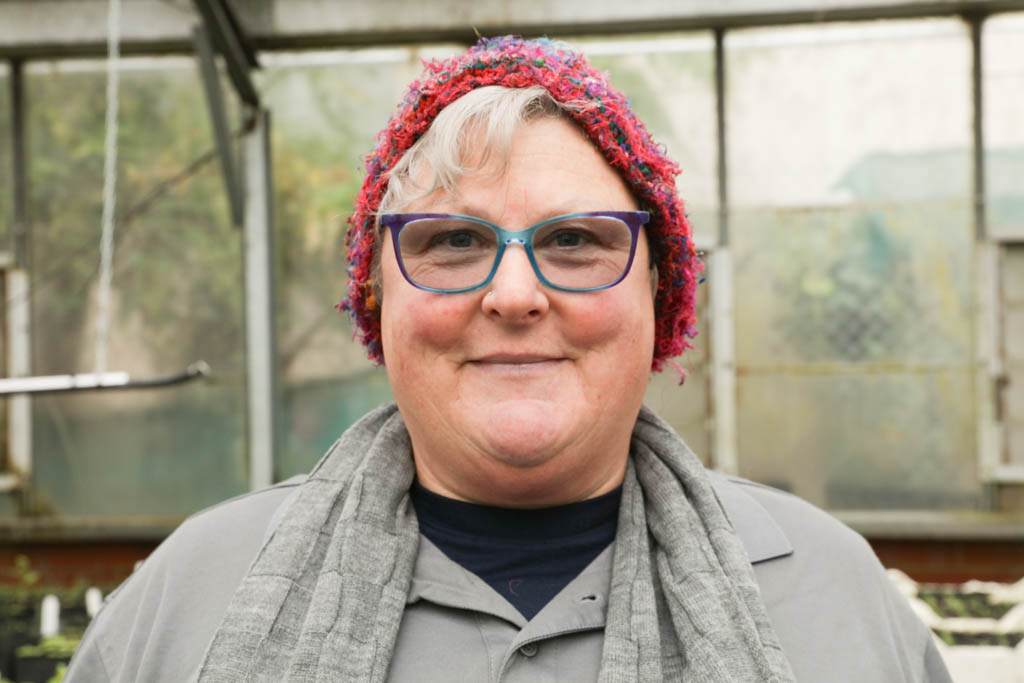

A warm welcome to Rhod Cunningham who joined the team this week as Manager of our operations.
She has a wealth of plant nursery experience, great knowledge of indigenous plant species and seed collection in Greater Melbourne. Rhod has a special interest in aquatic species and, in her spare time, works with the Wetland Revival Trust in north-central Victoria regenerating wetlands.
Meet two of our other staff:
Mars started with us as a volunteer and on staff for the last two and a half years. Mars is now a very competent all-rounder and will focus now on more community engagement and supporting volunteers.
Lilli joined us earlier in the year. A cheerful hard worker, Lilli’s strength is in propagation and exploring new methods to improve survival rates. Lilli is also very resourceful and handy with irrigation systems and fixing heat beds for better efficiency.
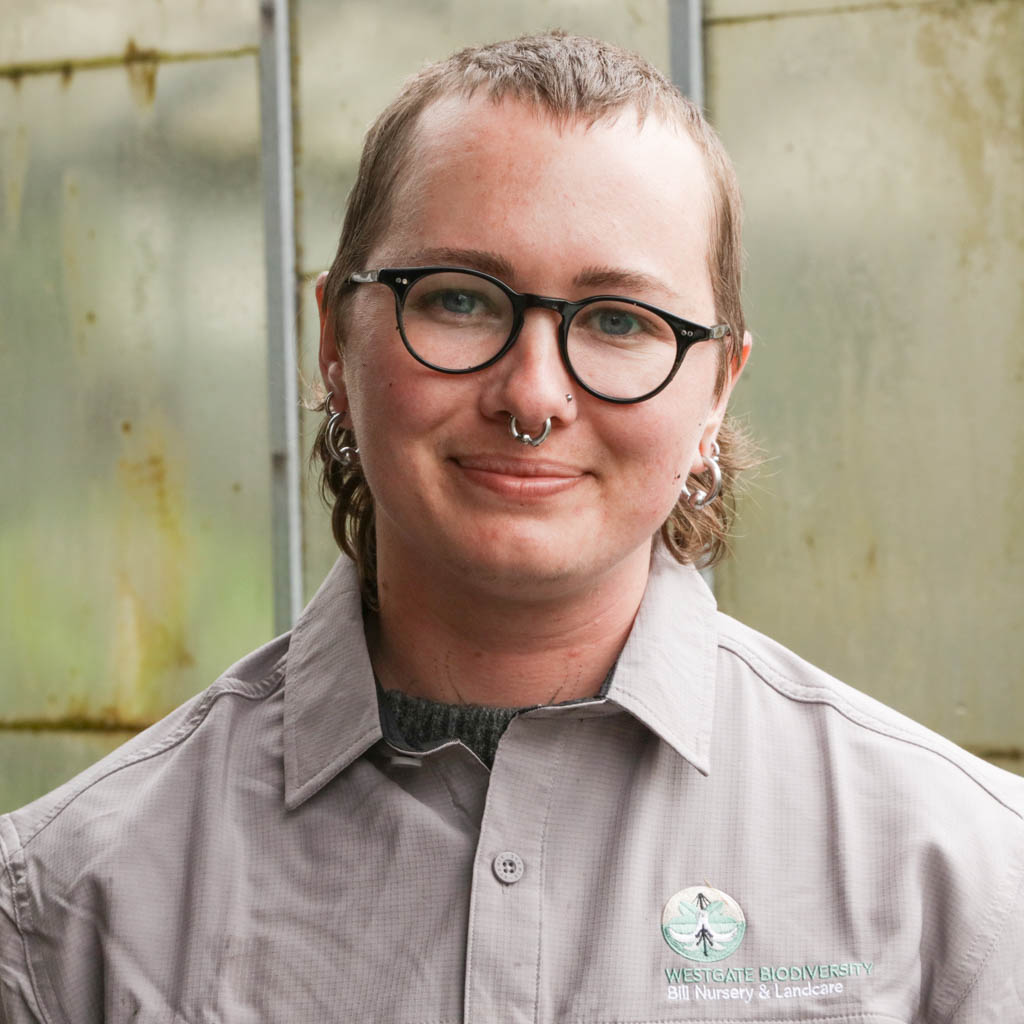
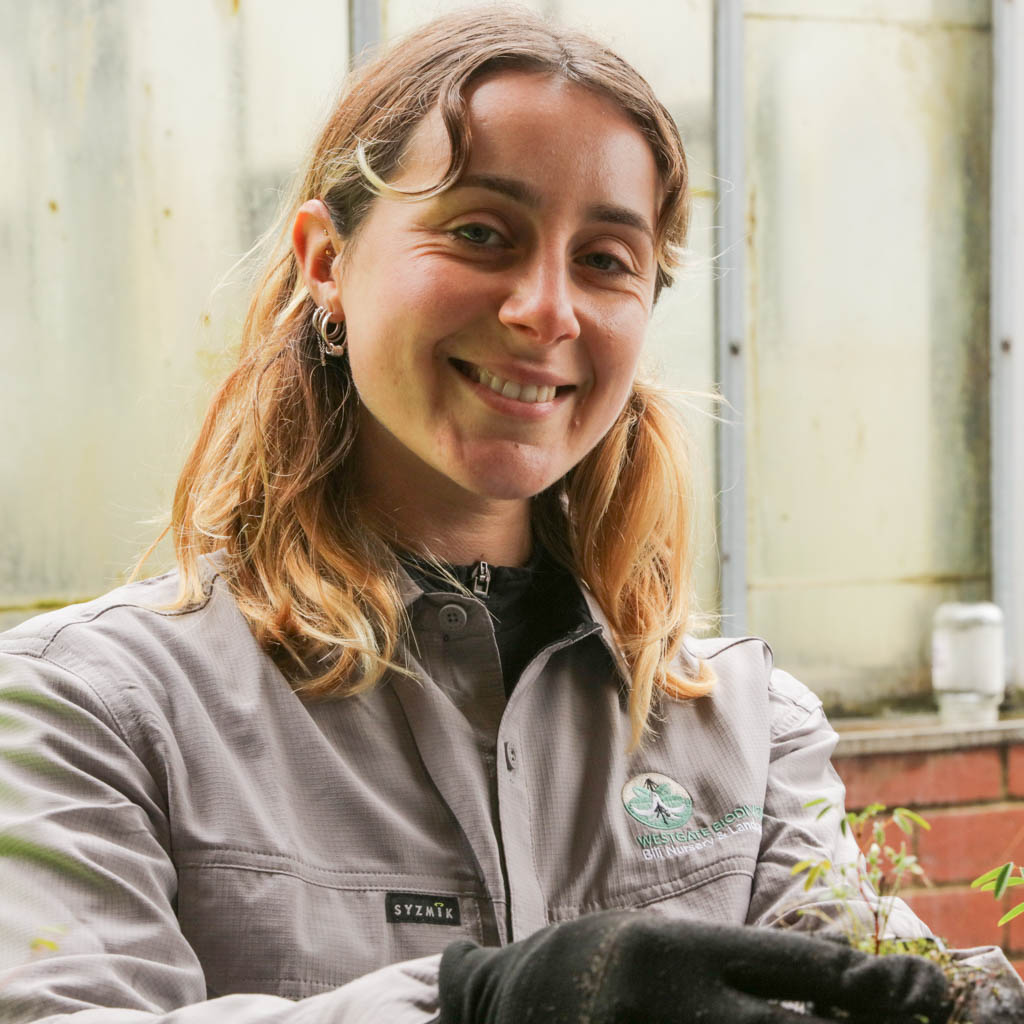

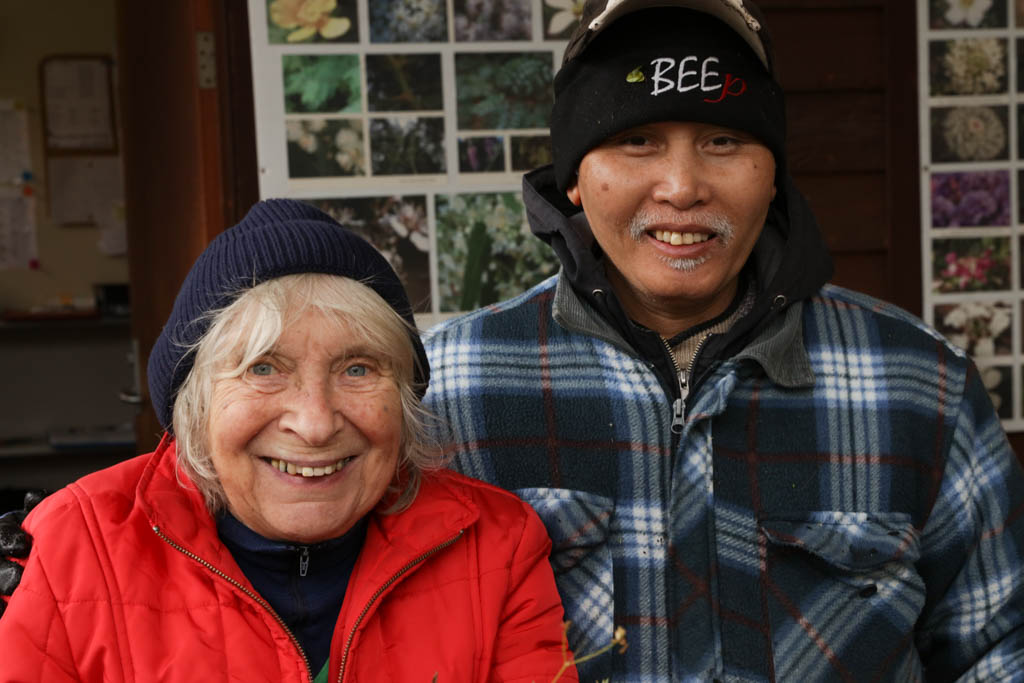
Fronting up on another cold wet day were some of our marvelous and longstanding volunteers, Bruce, Zoe and Van who are a joy to work with. Thank you!
July 4 Bird survey
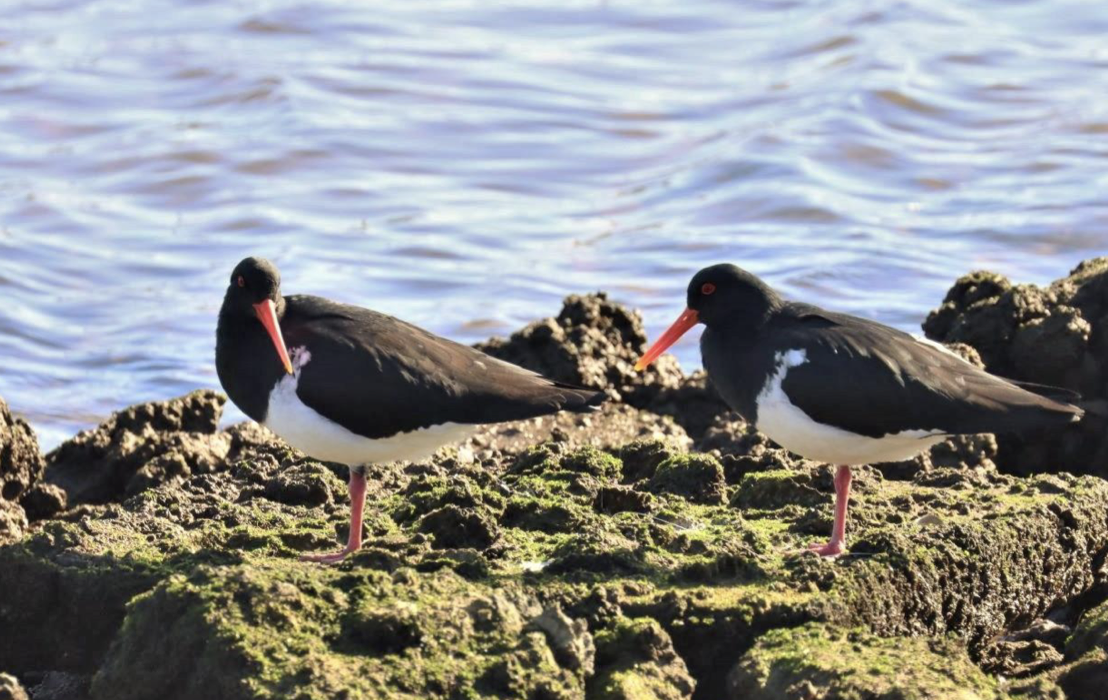
In all, 44 bird species were recorded, including opportunistic sightings. Some highlights were the two Australian Pied Oystercatchers on the edge of the River by Peter Parrington (pictured), the Common Bronzewing pigeon, the Brown Thornbill and a Spiny-cheeked Honeyeater.
The native species in the largest numbers were:
- New Holland Honeyeater: 65
- Red Wattlebird: 62
- Superb Fairy-wren: 57 (10 of them blue)
As always, the impossibly cute cygnets steal the show.
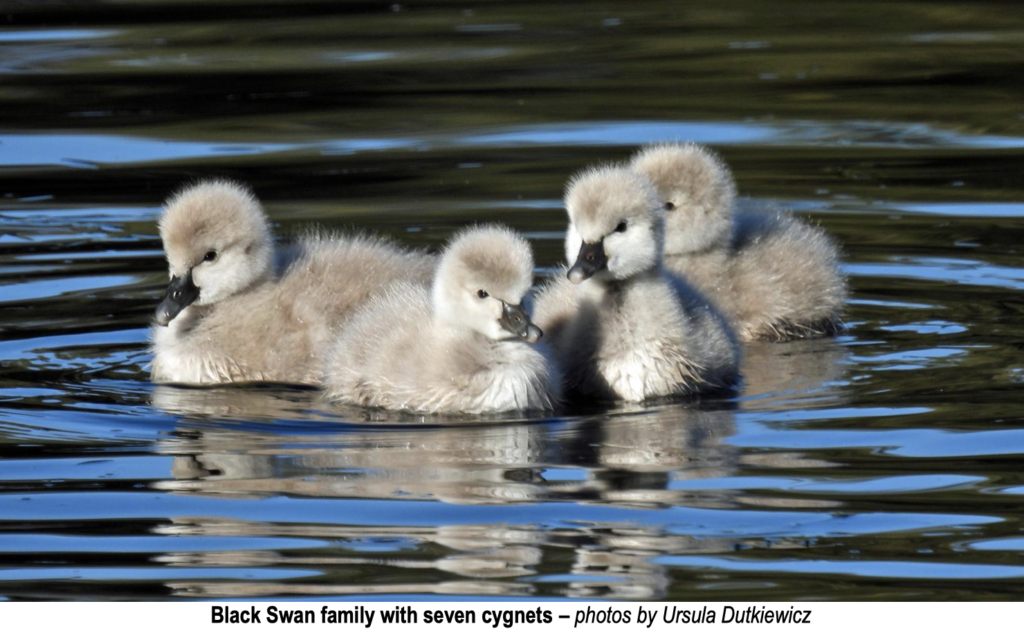
Position description – Manager Westgate Biodiversity
Position title
Date
Hours
Type of employment
Place of employment
Manager
June 2022
Full-time
Permanent
Bili Nursery, 525 Williamstown Road, Port Melbourne and Westgate Park, 4 Wharf Road Port Melbourne
Position goals
- To manage Bili Nursery and ensure it meets its operational requirements and strategic objectives
- To develop business strategies that grow the nursery and continuously improve the organisation’s financial stability
- To advance biodiversity through promotion of indigenous vegetation and Westgate Park
- To measure the effectiveness of what we do
Key Responsibilities, Duties and Roles
Bili Nursery (currently at Williamstown Road)
- Adopt best practice systems and records in seed collection, storage and management and ensure adequate supplies of seed stock are held
- Develop a detailed propagation schedule and meet orders on time
- Ensure plant stocks are of high quality and maintained to be as weed-free as possible
- Meet agreed KPIs for plant production, conduct regular stocktakes and account for failures
- Build and maintain trusting partnerships and relationships with customers – councils, contractors, other nurseries and Landcare groups to build the business
Bili Landcare (at Westgate Park)
- Assist the volunteer effort at Westgate Park through general advice and support
- Provide organisational assistance with projects in for example citizen science, as required
General
- Assist with development and implementation of the Strategic Plan
- Support the decision-making of the Committee with recommendations and business cases for initiatives, as required
- Attend Committee meetings
- Identify operational and strategic risks and develop mitigation strategies.
- Support activities and programs for community engagement
- Make recommendations to the Employment, Volunteers & OHS Sub Committee in staff employment and oversight of volunteer recruitment.
- Develop and adhere to the approved annual budget unless otherwise agreed
- Assist the Treasurer in keeping accurate financial records and preparing annual budgets
- Ensure compliance with current laws and contractual obligations, and report on these to the Committee
- Provide support to the Committee and sub-committees in planning & developing the anticipated new works compound, community spaces and expanded nursery relocation to Westgate Park
- Allocate and oversee work priorities and schedules in consultation with the Nursery & Landcare Sub Committee
- Ensure that OH&S policies and procedures provide a safe, supportive working environment and comfortable working conditions
Business development
- Assist with marketing and communications – website, social media, enews
- Oversee grant applications and acquittals
- Keep abreast of best practice, current markets and competitors
Organisational Management and Teamwork
- Build a culture with staff and volunteers that encourages high quality work and respectful relationships
- Seek out staff development opportunities and actively participate in own role development opportunities
- Conduct performance reviews of staff
Relationships and Accountabilities
Reports to: Committee of Management and its Sub Committees
Supervises directly: Bili Nursery team
Works with: Bili Landcare volunteer group
Key relationships
- Committee of Management, Sub Committees
- Customers
- Members and volunteers
- Members of the community, environmental groups, corporate groups, appropriate personnel in local, state and federal government departments
Accountability and extent of decision making
- Required to regularly consult with and report to the Committee regarding overall work directions, operational plans and in the development of new initiatives.
- Must ensure that policies and delegations of authority are adhered to.
- Must ensure that appropriate regulations, standards and codes are adhered to and relevant legal, professional, and ethical obligations and particular contract specifications are met.
Key Selection Criteria
- Demonstrated experience in nursery management, preferably in indigenous plants
- Demonstrated sound team leadership, interpersonal relationships, and volunteer management skills
- Exceptional communication, problem-solving and negotiation skills
- Ability to build networks and relationships with key stakeholders
- Taking cost-effective approaches to program delivery.
Other relevant skills, knowledge and experience
- Administrative skills in record-keeping and IT
- Skills in managing time, setting priorities, planning and organising own work to achieve objectives efficiently and within available resources.
- Ability to effectively discuss nursery management with counterparts in other organisations.
Requirements (must be current)First aid certificate
- Working with Children certificate
- Drivers’ license
- Chemical user certificate
Organisation Overview
Westgate Biodiversity: Bili Nursery & Landcare Inc. is a not for profit organisation established for the purpose of:
(a) enhancing and protecting the natural environment and its biodiversity and
(b) educating our members and the wider community on the importance of protecting and enhancing the natural environment, urban biodiversity, and healthy environments by growing and planting locally indigenous plant species and encouraging volunteering and community engagement with the natural environment. It:
- Provides revegetation and maintenance of locally indigenous plants for Westgate Park.
- Operates Bili Nursery to produce and supply indigenous plants to Westgate Park, local government, landscape contractors and the community.
- Advocates for biodiversity through planting indigenous species, for public open space and for members and the general community to volunteer and engage with nature.
It is governed by an elected Committee of Management and its sub committees and has both paid staff and volunteers.
Bili Landcare has been revegetating the 40ha. Westgate Park for two decades – work done almost entirely by volunteers.
May 2 Bird survey
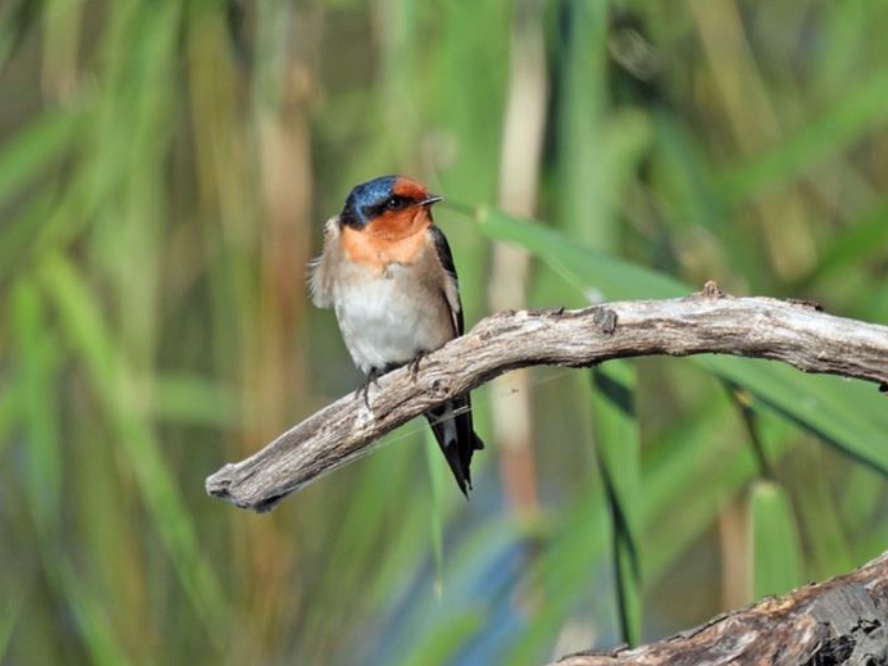
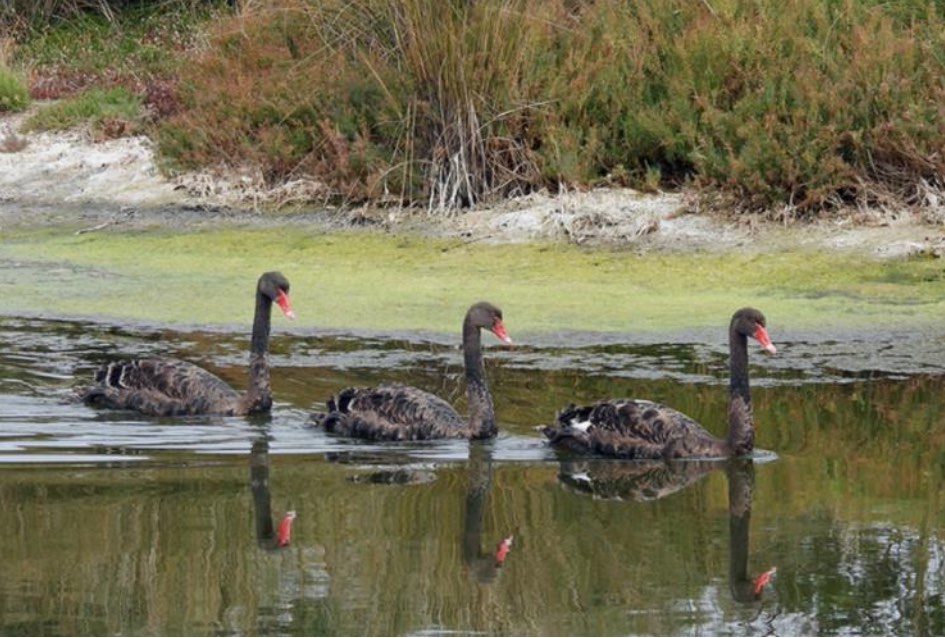
There were two notable sightings in the park over the past month as well as many familiar species.
Habitat on land and water in the park is in good condition.
The various species of mistletoe that have been introduced over the last two years appear to be taking well.
The water in the main lake is very clear. Construction works occupy a substantial area around the pumping station.
There are two notable sightings from eBird: the reappearance of a Bassian Thrush last seen in the park on 22 December 2021; and a Musk Duck seen on 13 April by three observers.
This is the first record of the latter in the park since these monthly surveys commenced in 2007.
Images of these two species were uploaded to eBird by the observers.
Big ACF effort
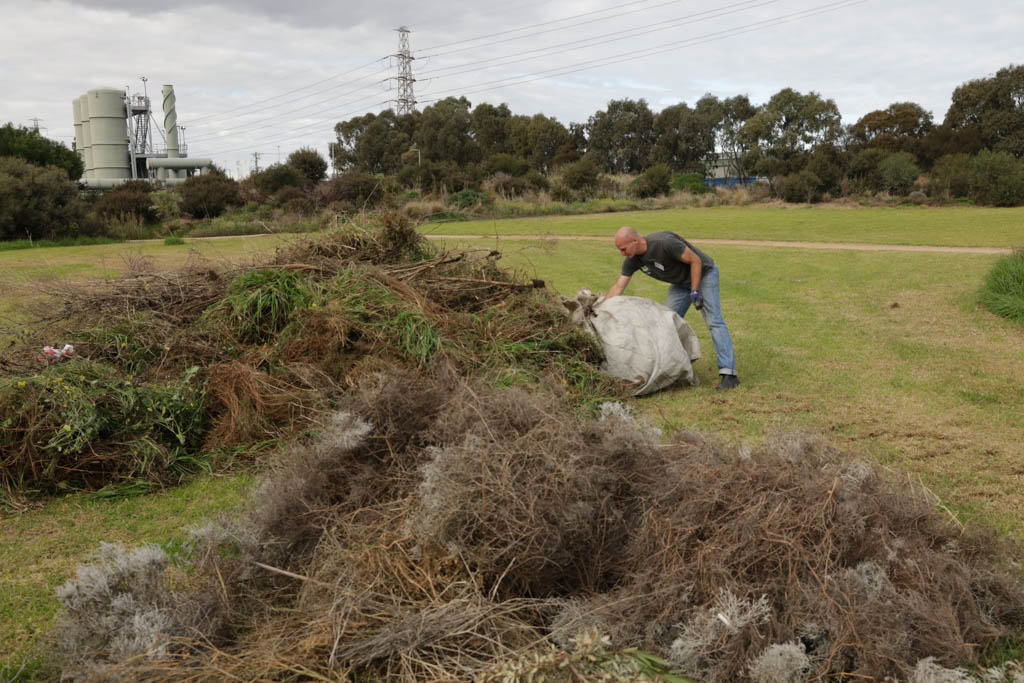
Members of the Australian Conservation Foundation – Macnamara Chapter – are very good friends of Westgate Biodiversity, regularly pitching in at Westgate Park. On Saturday they pulled out a massive pile of weeds from a part of the Park alongside the Yarra River bank. It’s a section of the Park where our indigenous plant species are doing well so we were keen to stop the weeds taking over this lovely garden bed.
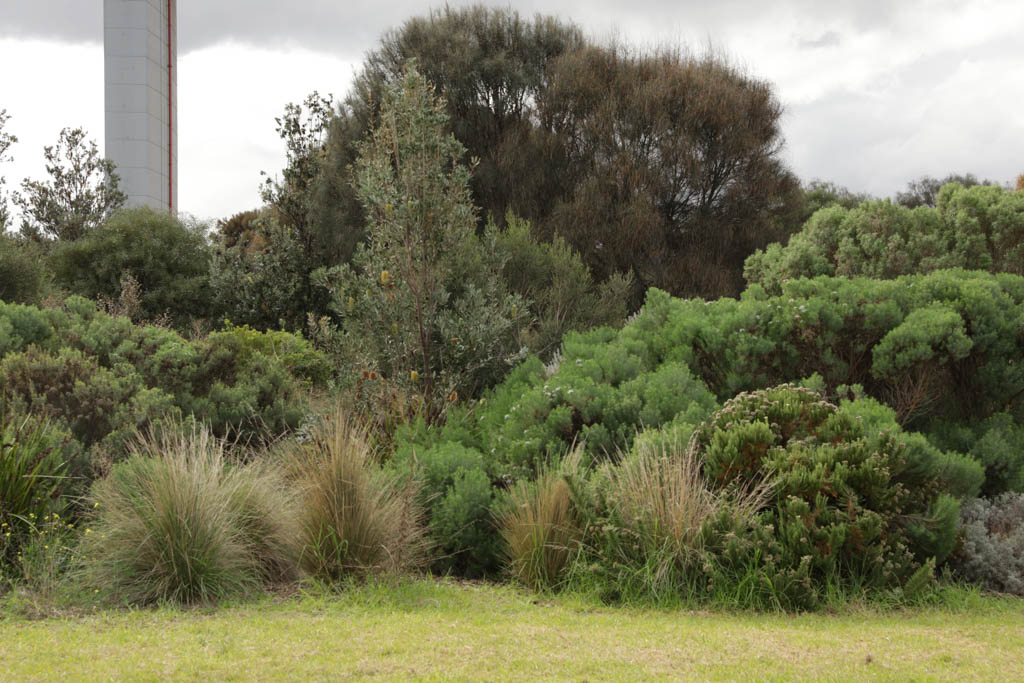
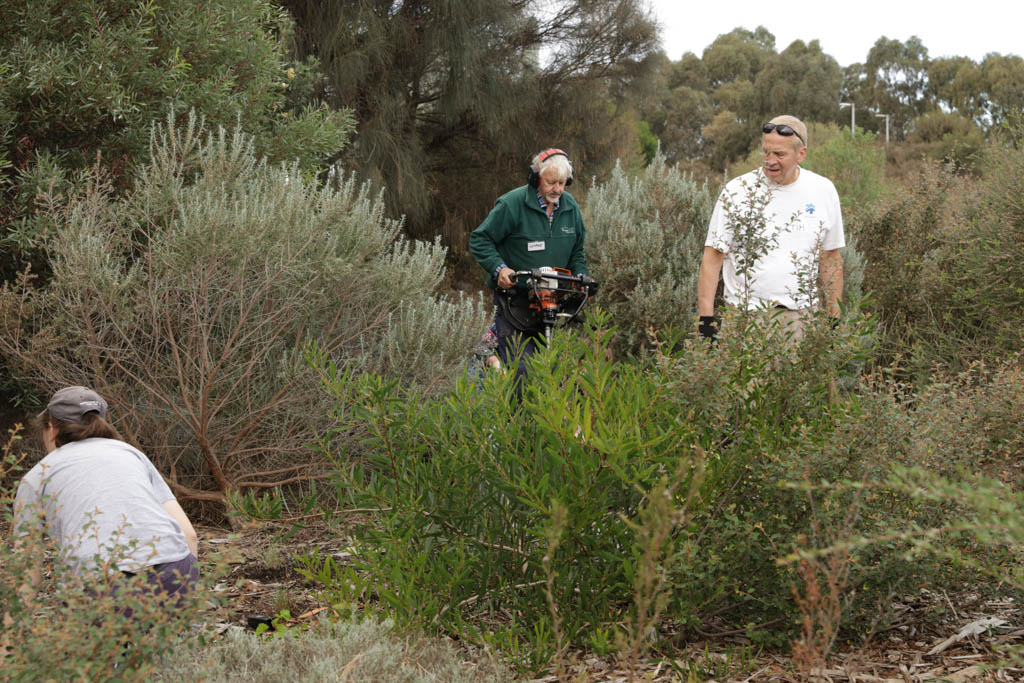
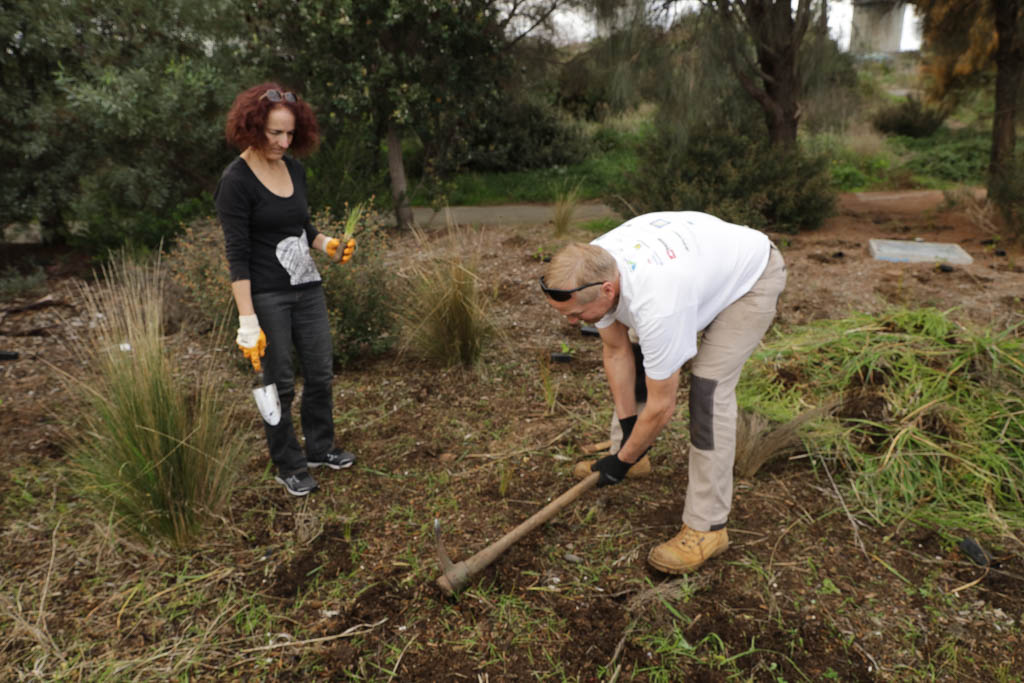
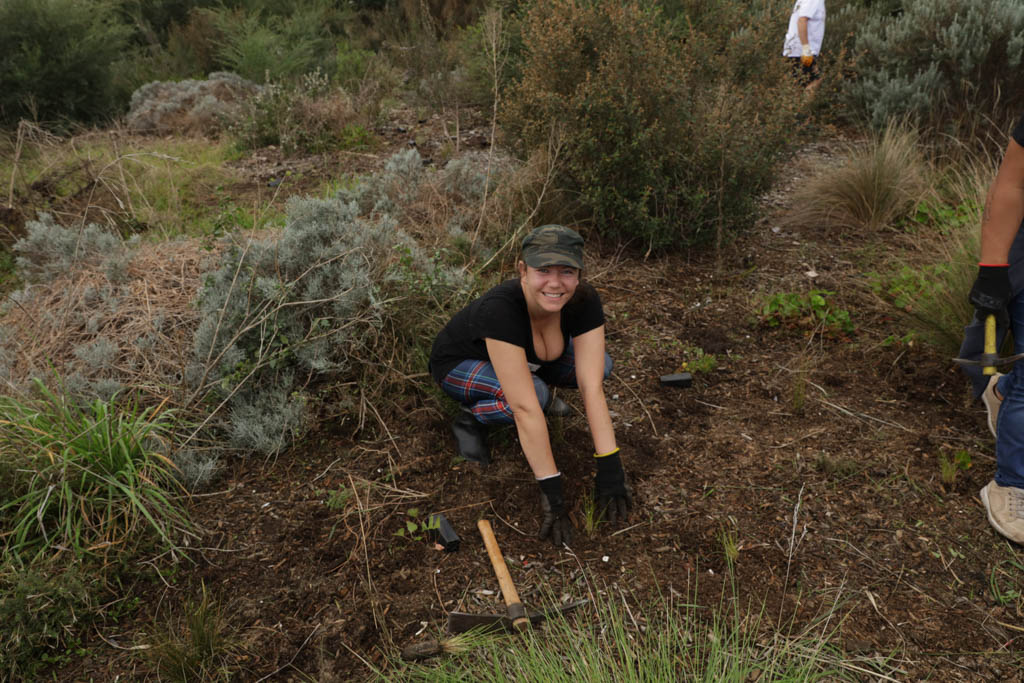
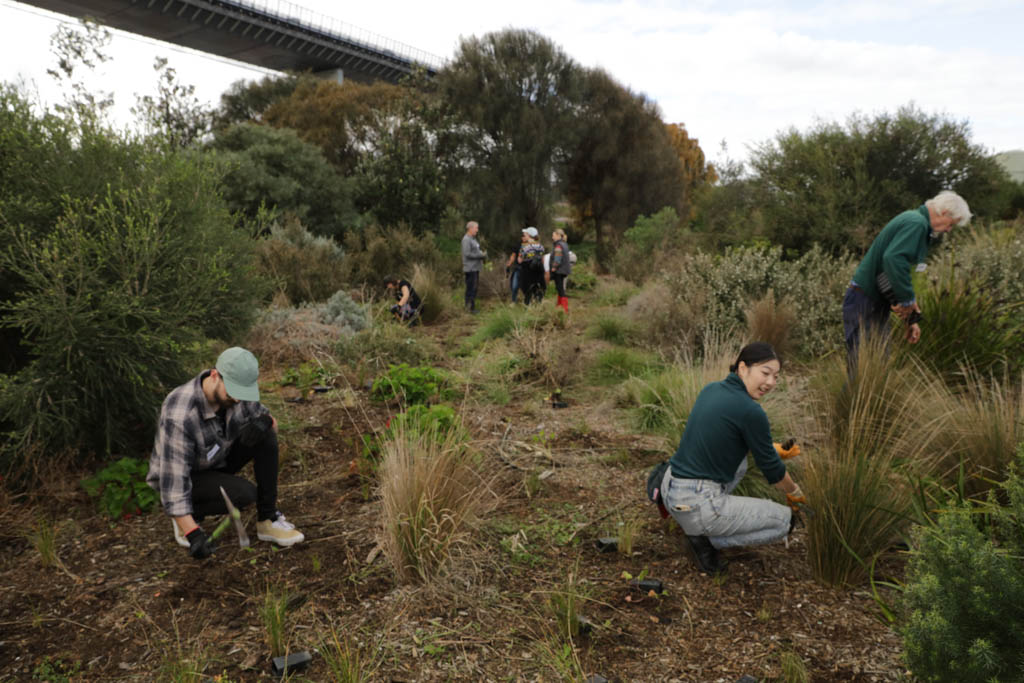
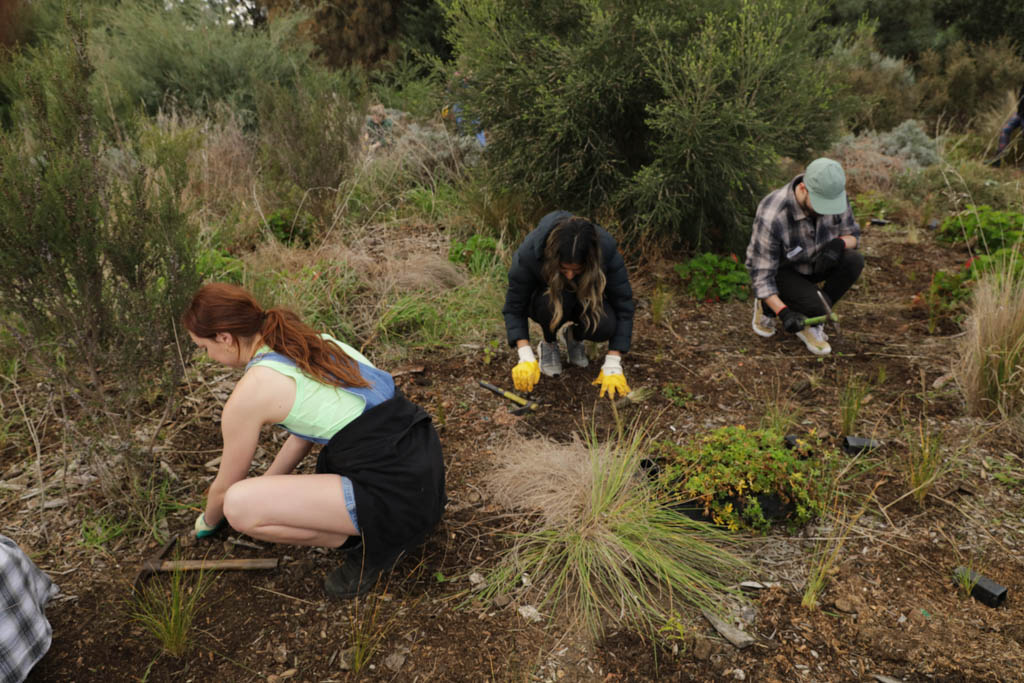
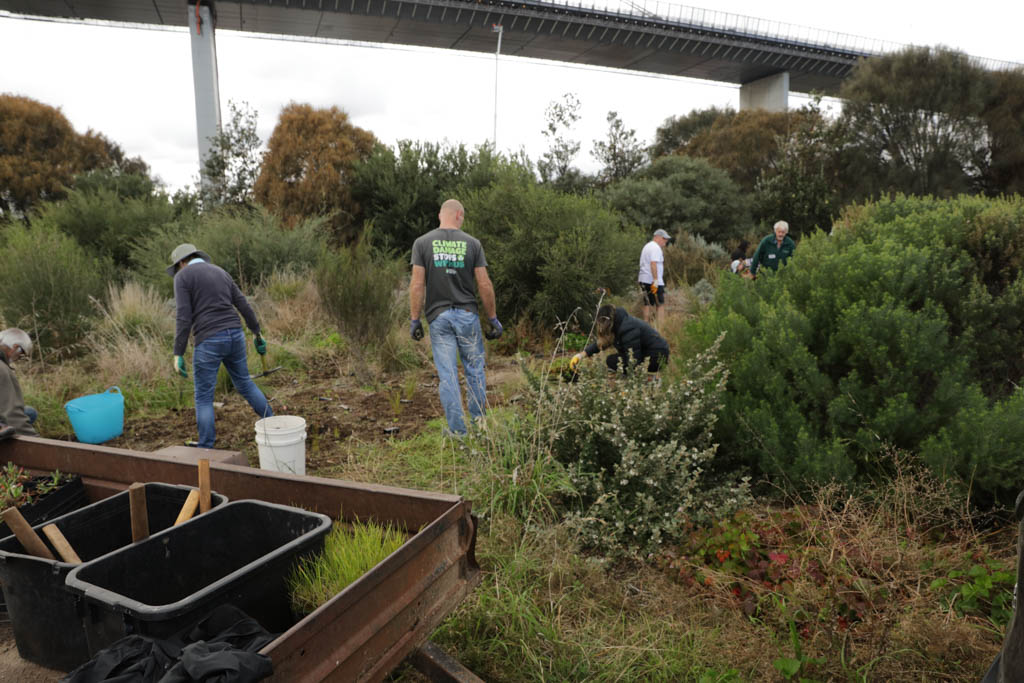
They also planted 250 grasses, Pelargoniums and Carpobrotus modestus – Pigface, where once were weeds. Rain this week should mean good survival rates.
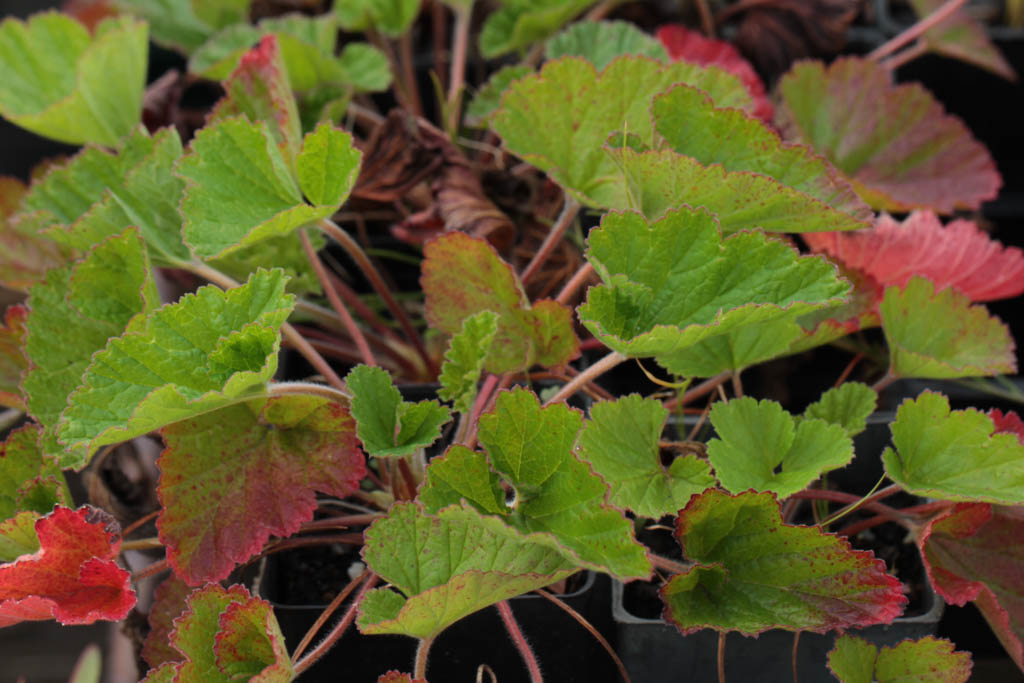
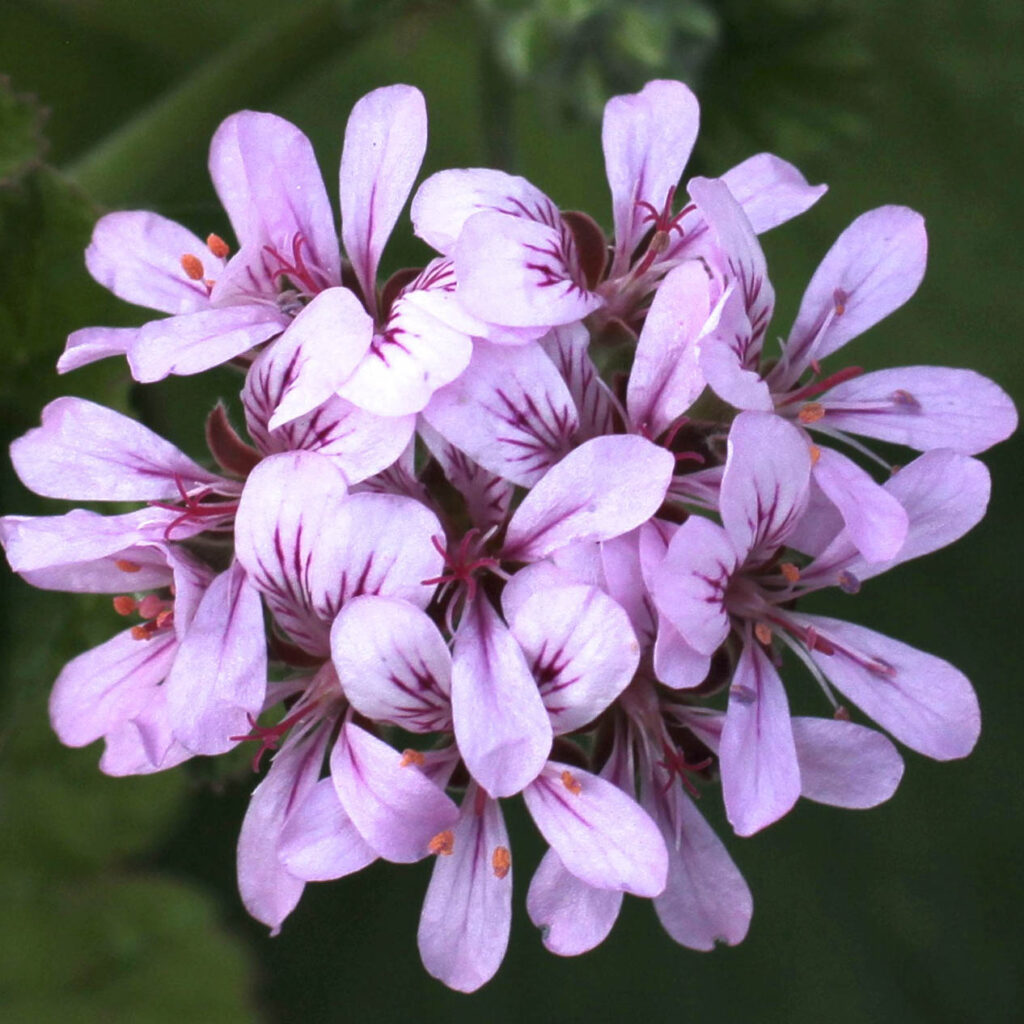
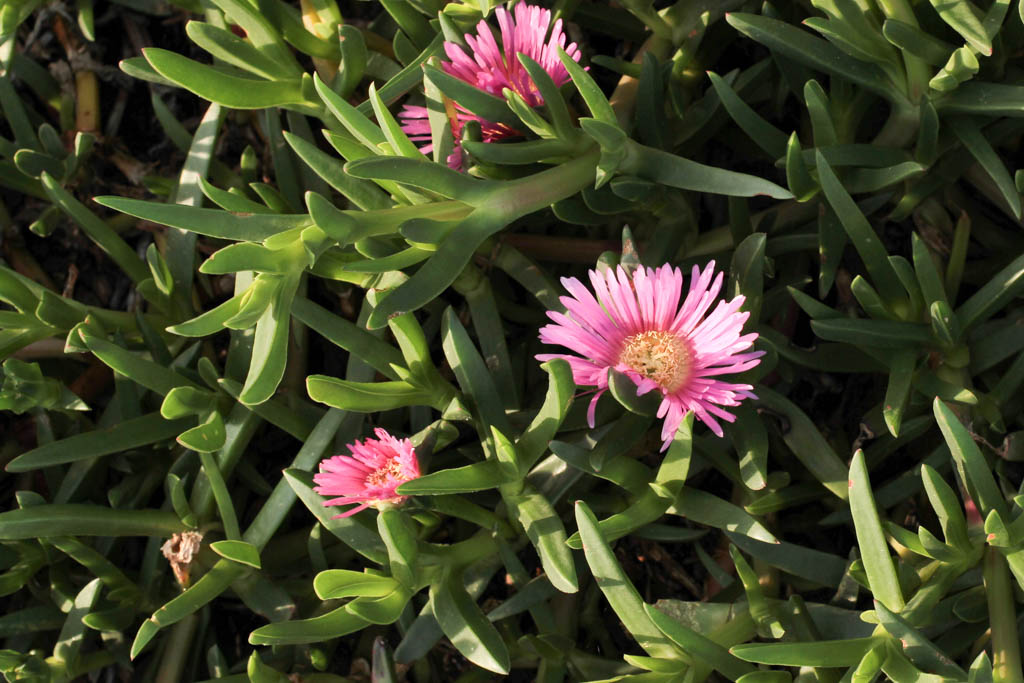
Thank you ACF Macnamara!
4 April Bird survey
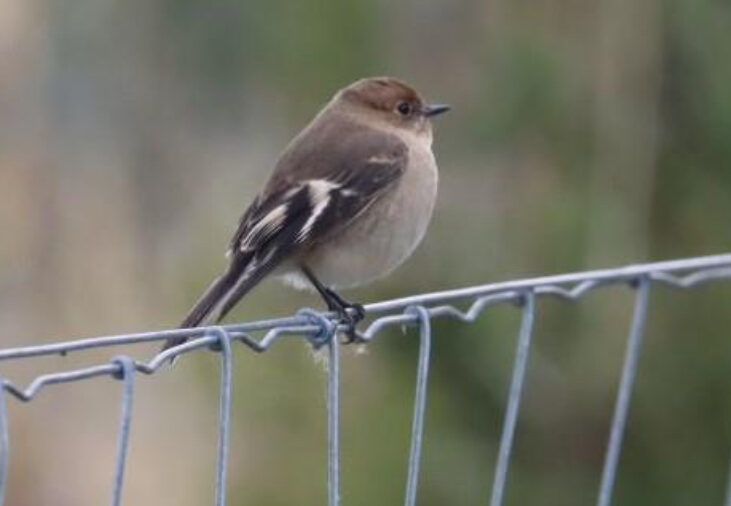
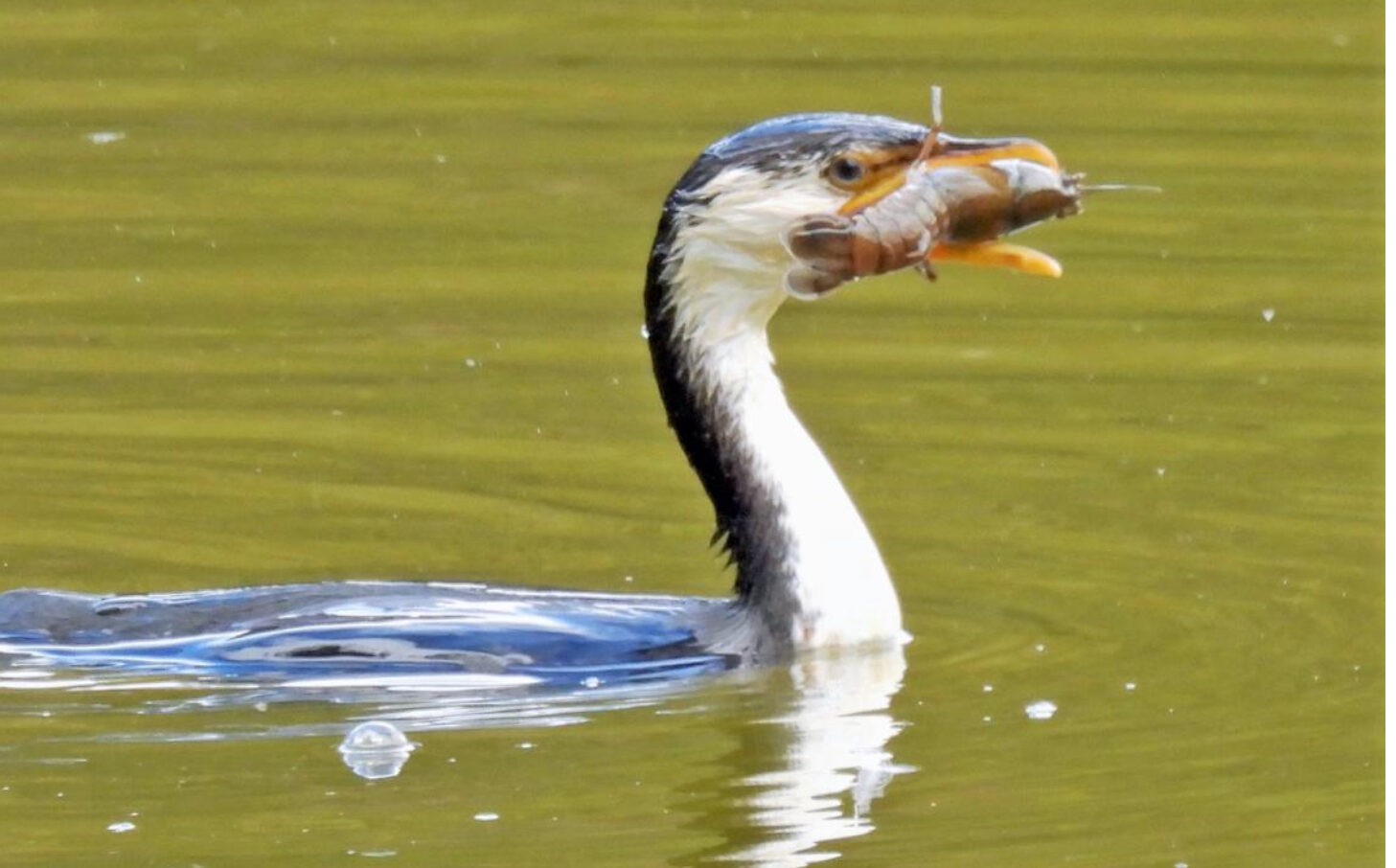
Highlights of the April survey were the high number of Grey Fantails – possibly four separate groups.
And a sighting of an early visitor in the shape of a female Flame Robin, along the Yarra in the planted shoreline belts. This area is frequently used by fishermen for shelter.
The three almost fully grown stilts are likely to be the same nestlings that avoided, with parental help, an attacking Collared Sparrowhawk one month ago.
The Rufous Fantail seen on 22 March was in a very poor condition and may not have survived.
And further to our earlier report of the important roles yabbies play in the ecosystem, a sighting of a Little Pied Cormorant with a recent catch in the freshwater lake.
Note from Andrew McCutcheon

At the very same time this female Flame Robin was recorded and considered to be a very early arrival for Westgate Park, I (AWMcC) was up on the Bogong High Plains near Falls Creek where lots of Flame Robins are still present in very good habitat conditions with lots of food in the form of insects around.
As these robins typically migrate to lower altitudes in late autumn/early winter and Melbourne is particularly dry at the moment, it makes me wonder where this bird along with other sightings by Gio and David Eades not so far away have come from, and why so early?
Volunteers bounce back at WBBNL
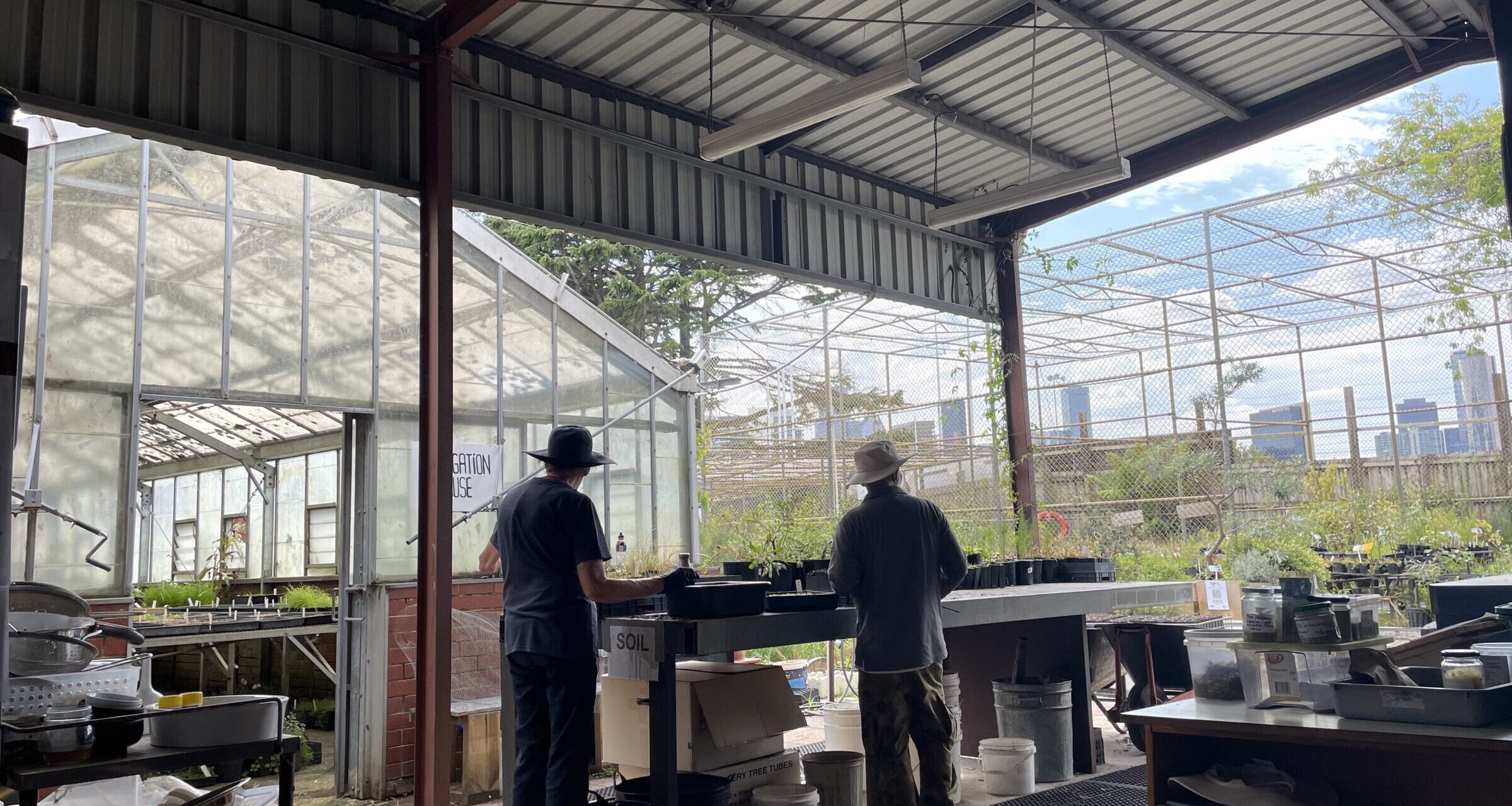
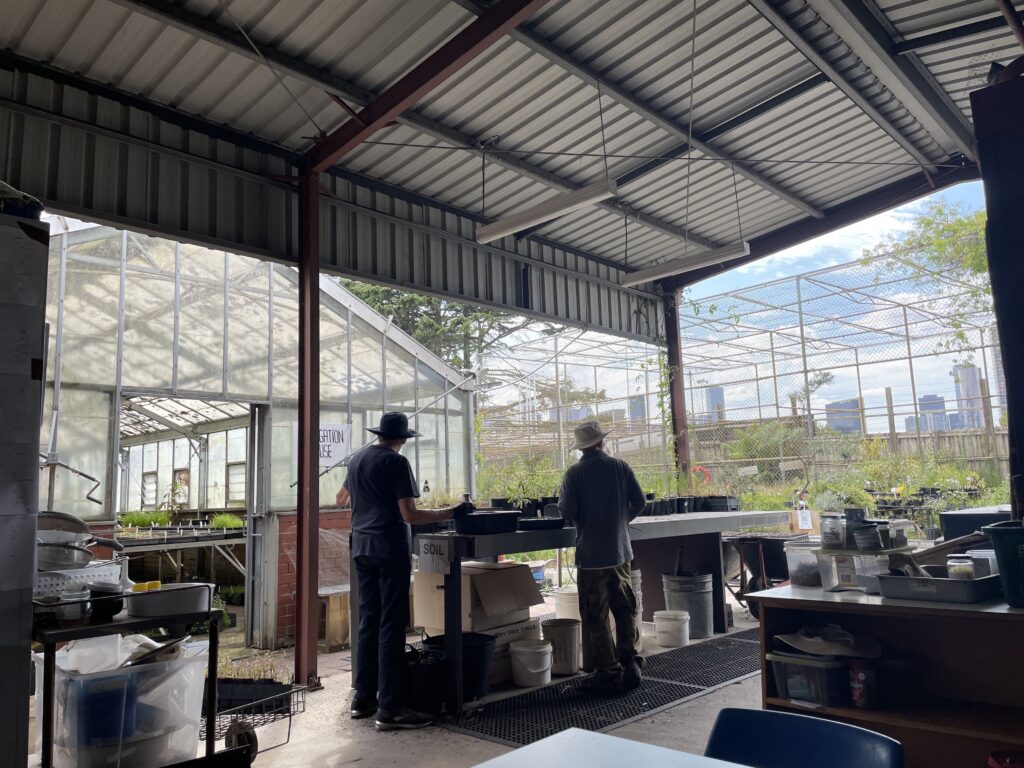
After two difficult, COVID-affected years, Westgate Biodiversity and Bili Nursery Landcare is set to relaunch its volunteer program.
Starting soon in the nursery, potential volunteers who have previously expressed an interest will be contacted with the aim of ramping up activities through April.
WBBNL’s co-manager with responsibility for organising the volunteer program, Mars Reid said: “We’ve had a lot of interest in volunteering over the summer that we haven’t been able to action.
“The people that sent in forms to volunteer will be contacted to organise some batch inductions and then get people onto a roster.”
April is a timely point of the year for voluntary effort with a seasonal focus on moving stock around the nursery, such as relocating stock from shady to sunnier spots to help maintain plant growth.
“April is also when our orders go out to council. Volunteers will help us to prepare these orders,” Mars said.
Other activities in the wetter months include: plant propagation; opportunities for seed collection; working bees to tidy up the nursery site, with the bonus of free excess plants for volunteers.
And in Westgate Park, the cooler weather brings more opportunities for planting and maintaining previous plantings
Regular volunteers returning to the park will be pleased to see renovations to the compound: a new leak-proof roof and gutter; fresh, clean plant tables; and new gravel.
Watch this space for more news.
Yabbies’ many roles in ecosystems

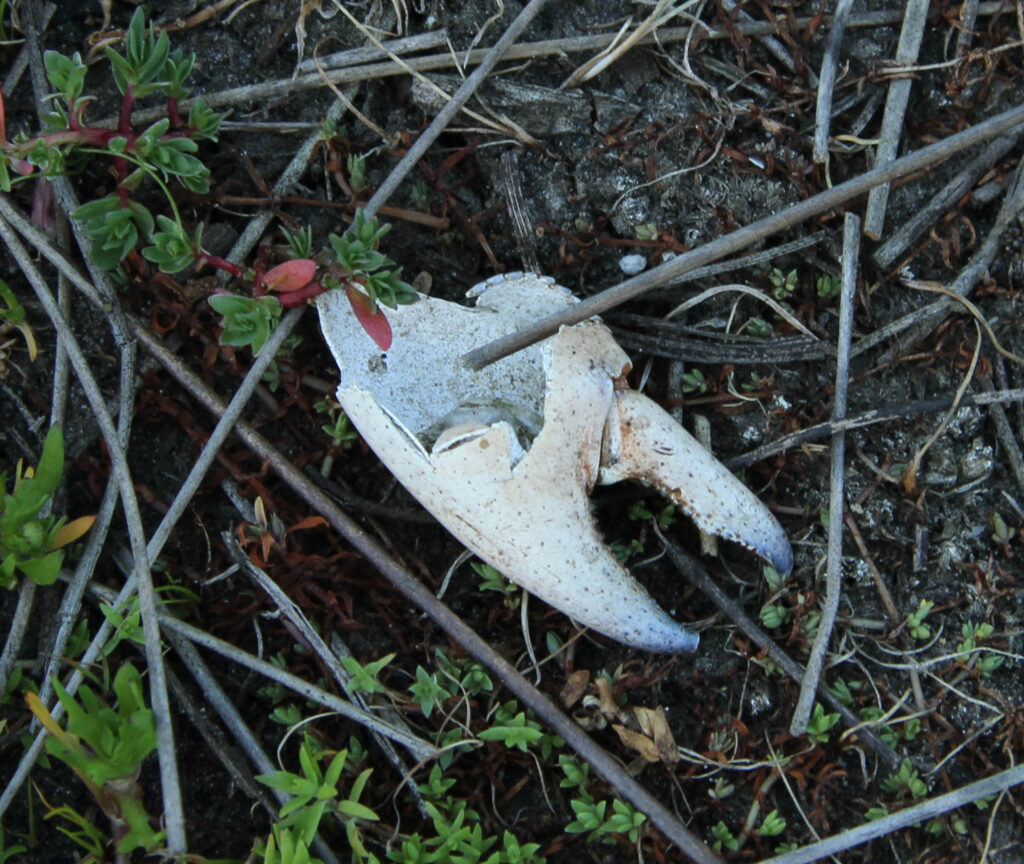
Whether eating or being eaten, yabbies play a vital role in wetland ecosystems such as Westgate Park.
Yabbies have been recorded in the park for more than a decade.
Here’s a sighting from a survey conducted on 15/11/2010: “It was exciting to find a baby Yabby in the survey amongst some very sensitive specimens.”
A fascinating read here from CSIRO details new research into the many roles yabbies play.
Yabbies are what are known as omnivores – their diet includes many different sources of nutrition. Importantly among those sources are bottom-of-the-food-chain algae and “detritus”, which is organic and/or decomposing material in the water.
But yabbies are in turn prey to predators such as waterbirds and fish. This means they can also act as a sort of one-stop link between the bottom of the food chain and the top.
Which makes yabbies much more than an ugly-duckling creature in any freshwater system.
Did you know?
Algae, common in wetlands, produce high-quality fatty acids, such as omega 3 and omega 6.
Yabbies fed with a diet rich in these fatty acids grow fast – doubling body mass in around 70 days.
The diet of wild yabbies in wetland habitats contains higher concentrations of these fatty acids compared with yabbies in rivers.
